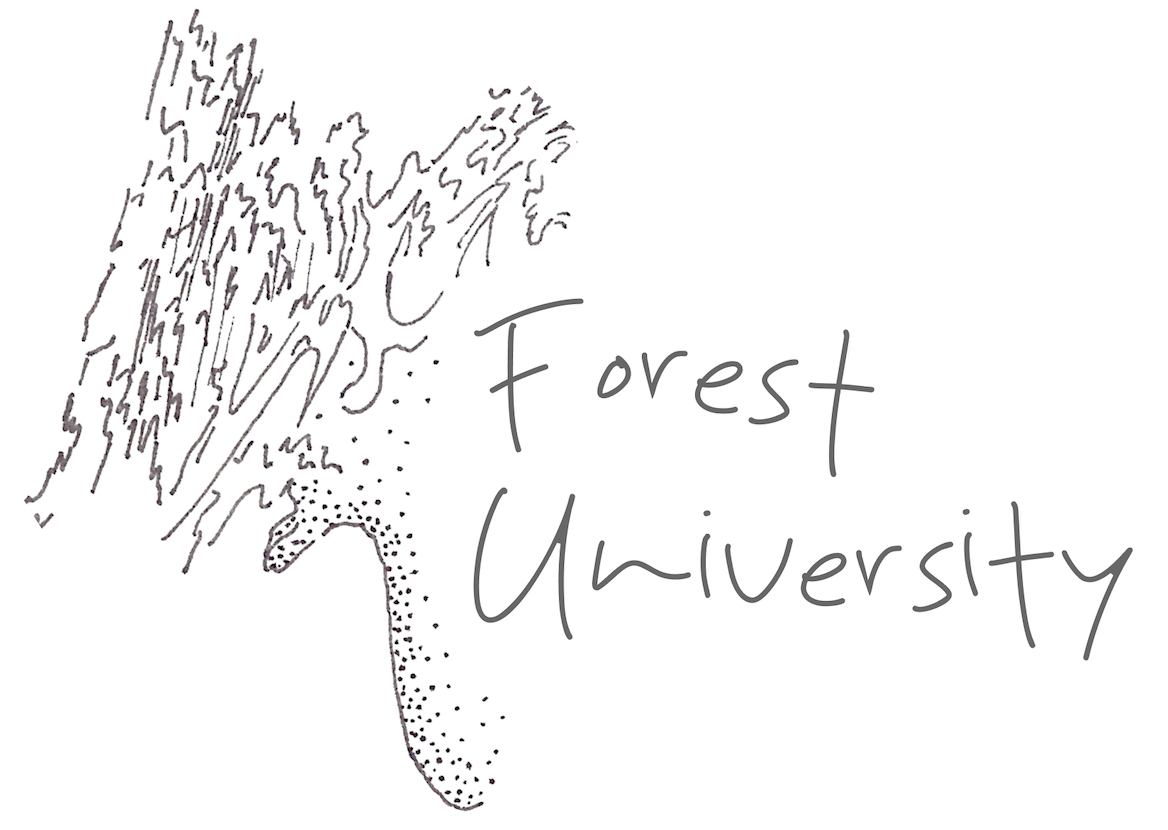How do we decentre from our overly human existence? How do we extend our consciousness beyond systems designed, built, powered and maintained for the purpose of sustaining human populations? How can we feel and understand ways of being a creature without lungs, eyes and legs? How do we leave room for those other creatures to continue being in their very normal, just non-human ways and shapes?
Are there ways to create connections, bridges, links that run over the abys of modern human individuality and human-centered idea of knowledge? How to think-feel and learn beyond taxonomies, descriptions, books, labs, proofs and checks? Could we morph into someone else’s existence? Could we imagine becoming a tree, a berry, grass, moss? Could we morph and perform as if we are one, letting the morphing do something with our understanding and ways of knowing about being another?
We got bored and limited with words, books and lectures as the ways of seeking answers to our co-existence and uttering those answers. Bored of production of art works, music works, and this whole productivist logic of knowledge sharing and uttering. Feeling there are ways to think-feel beyond, we started experimenting with the obvious, yet strangely strange ways of reaching out. After a short meditation as a way of calming our overexcited minds always afraid of the emptiness, we would just listen to an invitation. Invitation for sharing and temporary co-existence. So we would lie, sit or stand next to, under or inside a creature, a being in our vicinity. A river, a blueberry bush, a willow tree, an ant or a nettle would soon become our new teacher.
Being with non-humans, connecting, meditating, listening, wondering, opened the doors of the world that is so immediate and intimate, accessible yet rarely noticeable when searching for the knowledge through screens and pages. It has put us in awe, connected us with wonder, humbling and troubling what we think to know about the world.
We have been practicing and experimenting with classes with non-human teachers for quite a while, then started doing workshops for groups occasionally to our collective delight. But we have never been in a position to present these teachings beyond a group that has actually had time to sit and listen from non-humans. Sharing these teachings beyond those humans who have tried it, feels like doing an impossible jump, away from what is expected and normalised. The very acts of voicing it, editing, selecting for a wider audience shakes those sacred feelings of interaction and sharing between beings, and pose questions we did not have to ask ourselves before. Do we then share it at all? Do we betray someone by sharing? Is it ok and ethical at all to share it with other humans if you do not have explicit way to ask for the written and signed permission? Has that being agreed with your perception of it and with insights you have picked up from the class? In other words, how to learn without claiming, representing, colonising?
For us, classes with non-human teachers open an array of doubts and questions, most of them unsolvable by usual means of negotiation, deliberation or academic and knowledge sharing conduct. It’s so easy to discredit these teachings. Two people tripping that they can get something wise and valuable from the interactions with a tree or moss. Too esoteric. Too hippy. Too insensitive. Too patronising. Too appropriative. Patronising the tree and the moss for advancing their own views and philosophies. Colonising those who cannot speak for their own aspirations. Appropriating non-humans for advancing one’s own claims. Who knows what would the tree really say if asked in a language comprehensible to them? Would it be those words or something totally different? Would it want to share what it knows with others at all? Under which conditions? Through which medium?
Should we get stuck and abandon the whole attempt all together? Or we should share it because this decentring, listening and being with other-than-humans feels so important in this super anthropocentric knowledge system we are soak in? Can this sharing act like an invitation for all who read this, to find their teachers in their immediate surroundings?
Once we have experienced the process many times, we felt and knew somehow that these teaching and interactions are possible in so many ways. We know it because we felt it do something to ourselves. We could feel these teachings in our bodies, emotions, cognition… As we sit with a teacher for an hour or so, and try to understand what we find special about their co-existence in this live mesh, we feel that there are ways of being in this world that are both different and extremely important. This is what those teachings are about. About the spectrum of living experiences that are increasingly rendered unimportant and precarious.
What is presented here, therefore, should not be taken for granted nor literally. We are sharing what we experienced in this teacher-student interaction, as an invitation for you to try it out. The teaching is relational and context specific. It is not about a representative of homo sapiens learning from a representative of willows and then sharing universal truth about willow existence to all the humans. Each teacher and student are rooted in their own ecosystems, backgrounds, soils, winds and rains. Their moment of interaction, as well as what comes out of it, is unique and specific.
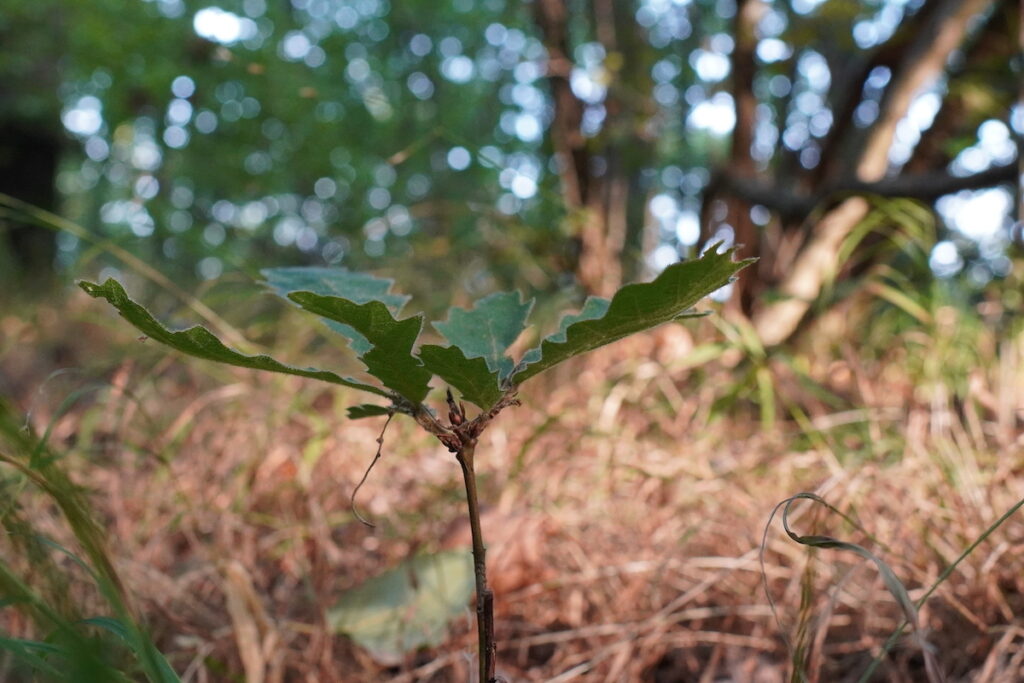
Oak – Presence in time
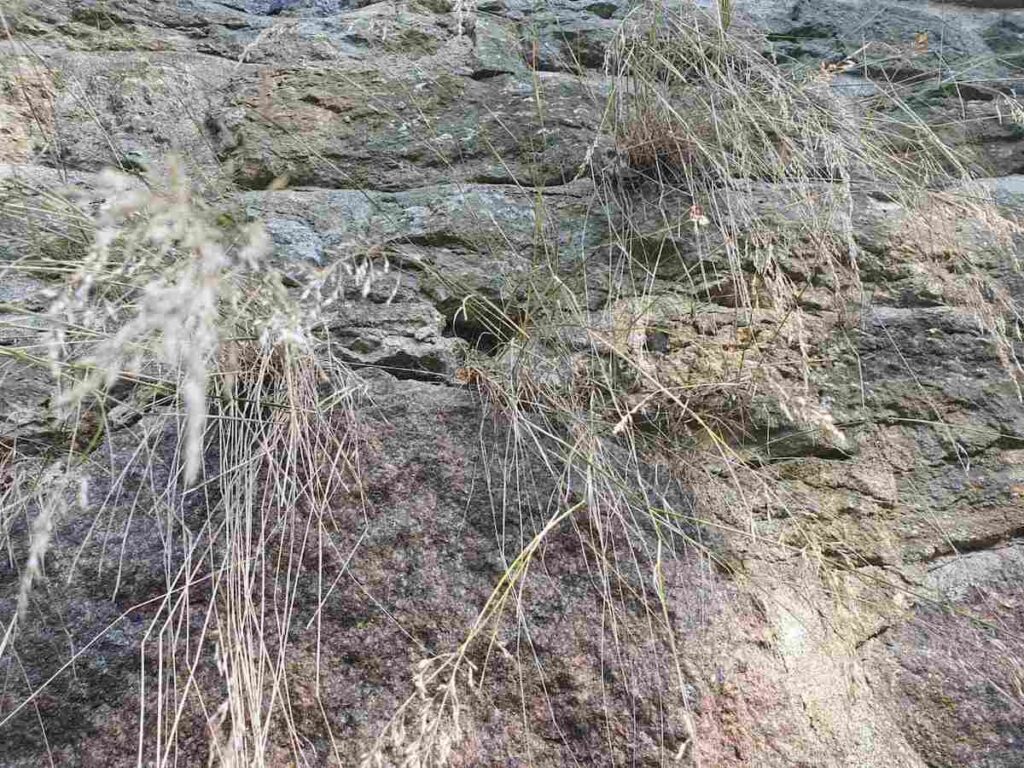
Grasses – Inhabiting cracks
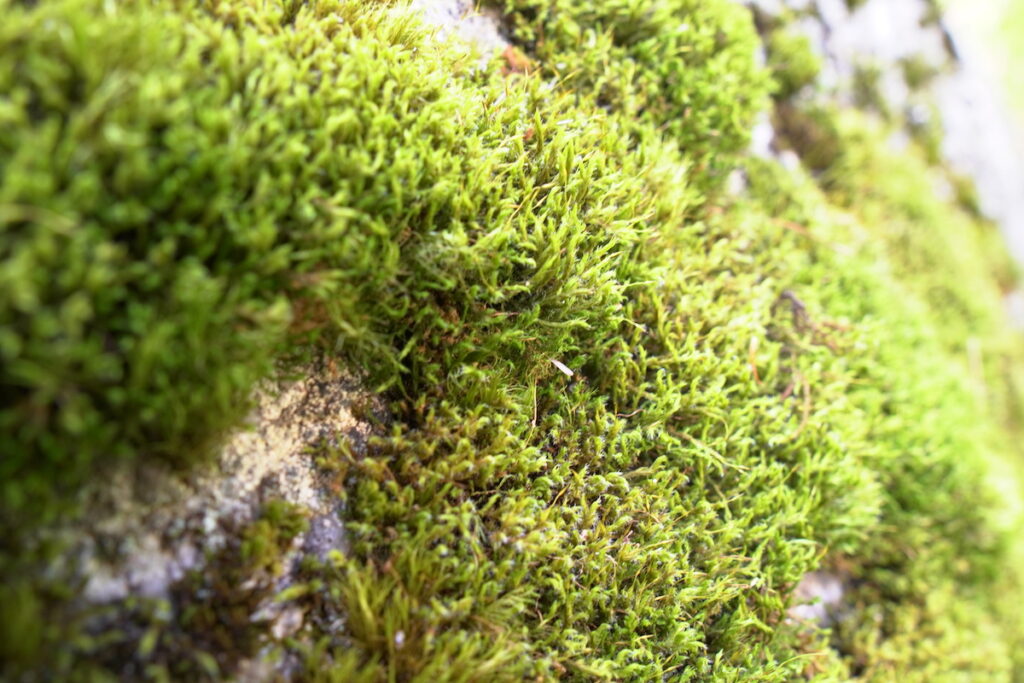
Moss yourself
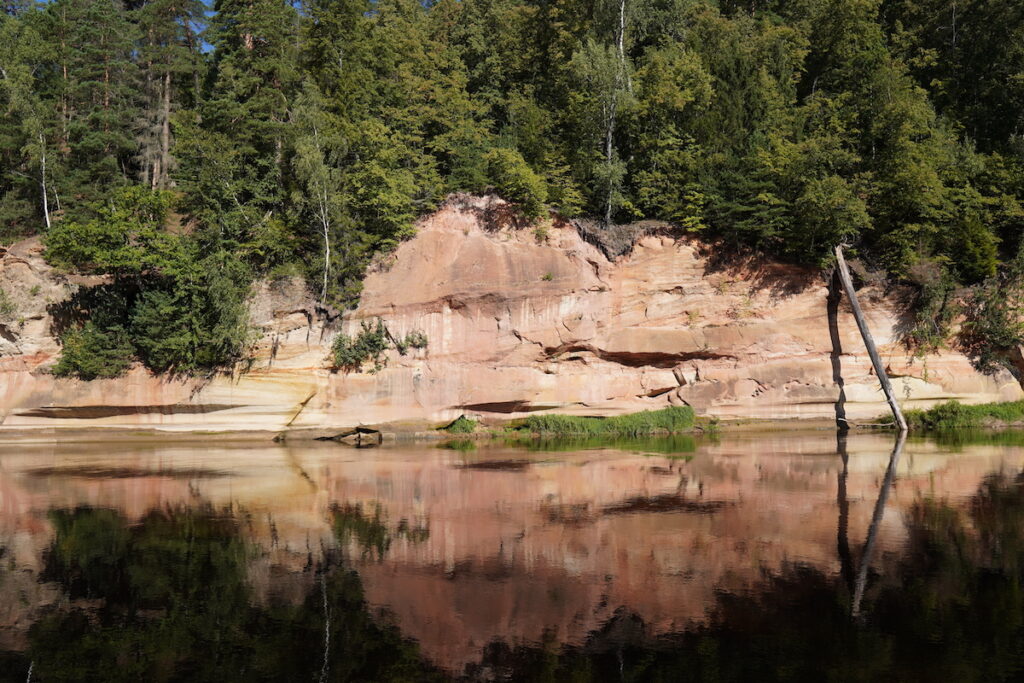
Sandstone Shapeshifting
